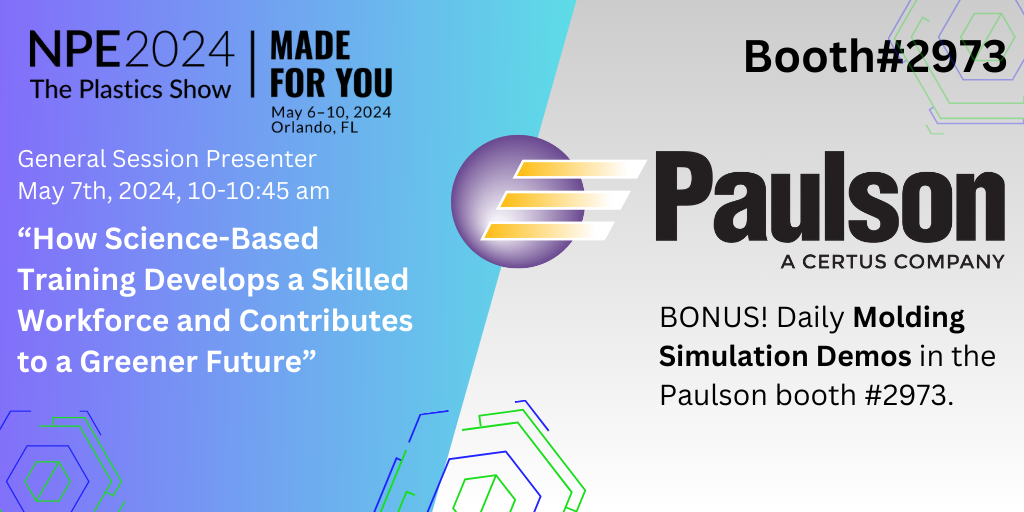It’s All of Them.
There is no question that injection molding began as an art. In the early days of molding, the expert problem solver in your plant was “old Joe”, a 20 year veteran on the production floor. It took that long to learn to be an expert problem solver because the training was by trial and error – learning from your mistakes. But in the 1970s things began to slowly change, injection molding started to be analyzed as a science. One of the earliest researchers was Don Paulson who started the plastics processing research and teaching laboratory for General Motors engineers in the 1960s.
He installed pressure transducers, thermocouples, and flow rate measuring instruments in injection molding machines and extruders to measure pressures and temperatures inside the machines, molds and dies. 16 channel recording systems recorded the measurements for each cycle. Then Paulson and his students spent hours and hours analyzing the recordings (This was before the days of lightning fast computerized analysis). From this data Paulson determined that there are only 4 basic plastic processing variables:
- Plastic temperature
- Plastic pressure
- Plastic flow rate
- Plastic cooling rate
It was a technological breakthrough that simplified the understanding of how plastic processing affects part properties. More importantly, it enabled the students to analyze problems and deduce solutions rather than guess at causes and solutions. Another result of this work was the development of today’s closed loop process controls. (Rod Groleau founder of RJG Associates was one of Don’s students.)
Thankfully, today you do not need to spend 20 years on the production floor to become an injection molding expert. Once plastics processing because a “science”, it instantly became teachable. If you think about it, understanding the Paulson 4 variables approach makes molding much simpler because each of the 4 processing variables affects the molded part properties in specific ways. If a molder knows that a specific problem can be corrected by adjusting one or more of the 4 primary plastic variables, then he or she can quickly make the correct machine adjustments that change those plastic variables. If you understand the effect of these 4 variables on the molded parts you’ve just subtracted about 5 years (or more) from your plastics processing learning curve.
What molded part problems are caused by each of the four primary plastics processing variables? That’s the subject of the next blog discussion.
If you want a summary of how each of the four primary plastic processing variables affects molded part properties send an email to info@paulsontraining.com with the subject line: “The Scientific Method of Molded Part Problem Analysis”.


